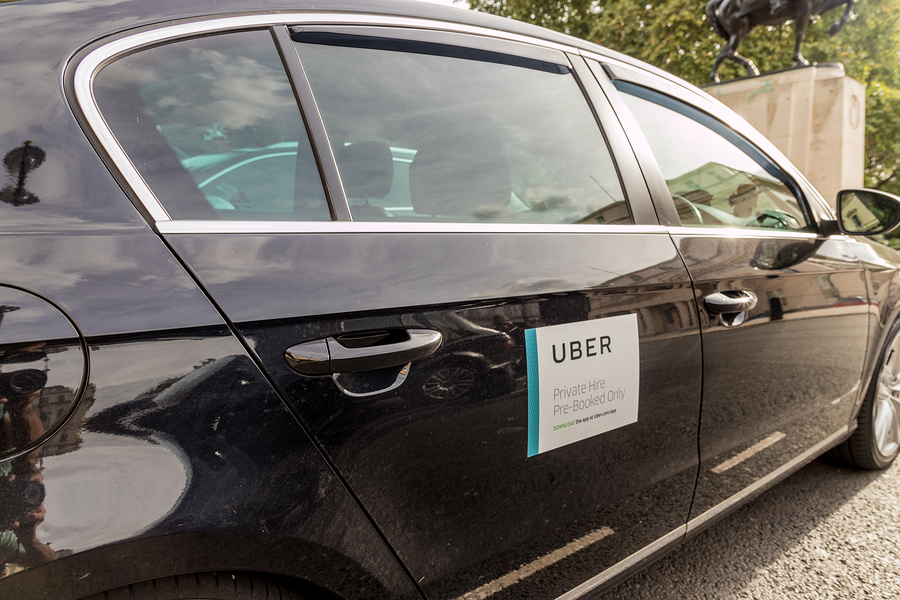Ride-sharing apps offer a cash-free convenience, that is often quicker and cheaper than the taxis and car services we once depended on. They also add a most welcomed element of freedom to the non-driving population of people living with vision loss.
While we were patiently awaiting the self-driving car, the transportation concept, formerly known as “taxicab,” was disrupted by technology. The driver is still completely necessary, but the method of getting a ride, where and when you want it, now is transacted entirely by mobile app. Uber and Lyft are the dominant services, and there are many others to choose from depending on your location. Being loyal to one app will keep the process within a comfort zone. Comparison shopping, among the services, will position you to take advantage of competitive deals.
Making transportation more accessible, naturally has many upsides, and of course, there a few downsides as well. Here are some tips for overcoming the challenges.

Using the Apps
- Apps are updated with frequency and that can create a periodic uncertainty. The more you use the app, the more proficient you are.
- Many of the ride-sharing apps can be initiated by your favorite digital assistant: Siri, Google or Alexa. They can all be authorized in settings, then you just have to say, for example, “Hey Siri, get me an Uber.”
- If you prefer not to deal with the apps at all, there is GoGo Grandparent, a service that orders the car and manages the ride for a small fee.
Finding the Car
The apps provide the license plate, make and model of the car, the name and a photo of the driver, and an alert when the car has arrived. None of these details are helpful if you are unable to identify those elements visually. In a quiet location or a private home, the car will be obvious. On a busy city street, finding the car is usually a challenge, for everyone, particularly for people blind or visually impaired.
- Order an Uber Assist or Lyft Assisted ride and the driver will meet you at your front door and see you to the door of your destination.
- Contact the driver through the app and let them know exactly where you are waiting, so they can get to where you are or let you know precisely how to find the car.
- Ask the driver to honk twice to help you identify the car.
- To confirm you have the right car, ask the driver “What’s my name?,” or “What is your name?”
Safety Measures
- Communicate your trip details to family or friends through sharing options in the apps.
- There is an emergency button in most apps, but even quicker to call 911.
Give Feedback
We always recommend providing feedback. If there are ways your experience could be improved, say so. Your suggestions can ultimately benefit all ride-sharers.
“Okay Google, please get me a Lyft.”
Post originally published Apr 19, 2019 and updated May 10, 2023







